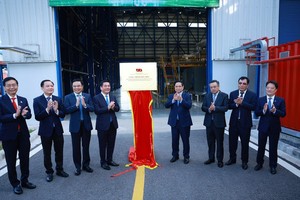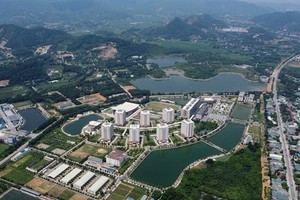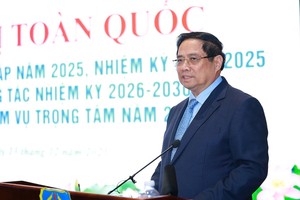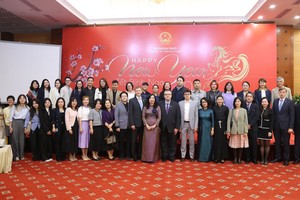The Central Institute for Economic Management (CIEM) with the support of the Australia Supports Economic Reform in Vietnam (Aus4reform) held a seminar with the theme “Developing the labor market to promote economic restructuring in Vietnam” this morning.
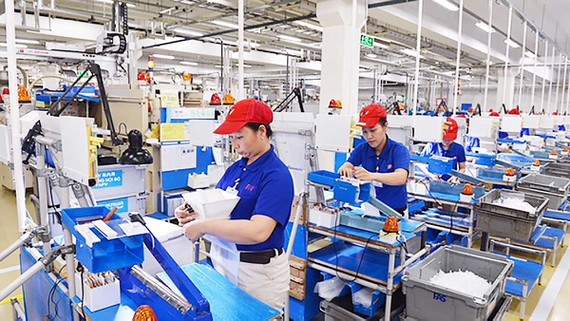 Only 24.5 percent of workers certified
Only 24.5 percent of workers certified CIEM research team said that one of the most important contents of economic restructuring process and growth model innovation in Vietnam is gradual transition from growth based on increasing the number of production inputs to growth based on increased productivity, labor quality, application of science and technology and innovation.
To do so, Vietnam needs to change its resource allocation mechanism with the orientation towards positive transition of production resources to more competitive, higher labor productivity and contribute better to the economic development of Vietnam, including manpower resources.
For recent years, Vietnam's labor market has made certain improvements to the legal framework for the labor market development, the quality improvement and competitiveness of human resources and job creation.
There has been a shift of labor from the agricultural sector to the industrial and service sectors; from the informal sector to the formal sector, from unstable jobs and freelance including self-employment, unpaid family work to stable and sustainable jobs; from simple jobs to occupations that require expertise and high technology; from low productivity areas to higher labor productivity. Employees' awareness of social insurance and unemployment insurance has improved significantly; therefore, the number of employees participating in social insurance and voluntary unemployment insurance has increased significantly compared to before.
However, there is still an abundance of laborers in Vietnam while job quality is not high; uneven development; plus, there is a serious imbalance in labor supply-demand among regions and economic sectors.
According to the report, the unofficial and unskilled workers still account for mainly whereas trained workers with certificates and qualifications are still low, reaching only 24.5 percent by 2020.
The research team proposed that in the coming period when the international economic context sees many unpredictable changes and changes, coupled with the strong development of the Industrial Revolution 4.0 and climate change, Vietnam needs to focus on improving institutions, human resource training, and job creation.
In addition, the salary policy for employees should be considered and adjusted at the same time with the development of intermediary institutions, welfare mechanisms, and social insurance for employees to promote market development towards modernization, efficiency and integration with the regional and international labor markets, towards the goal of restructuring the economy in the direction of modernization to take Vietnam in to the group of upper middle-income countries.


